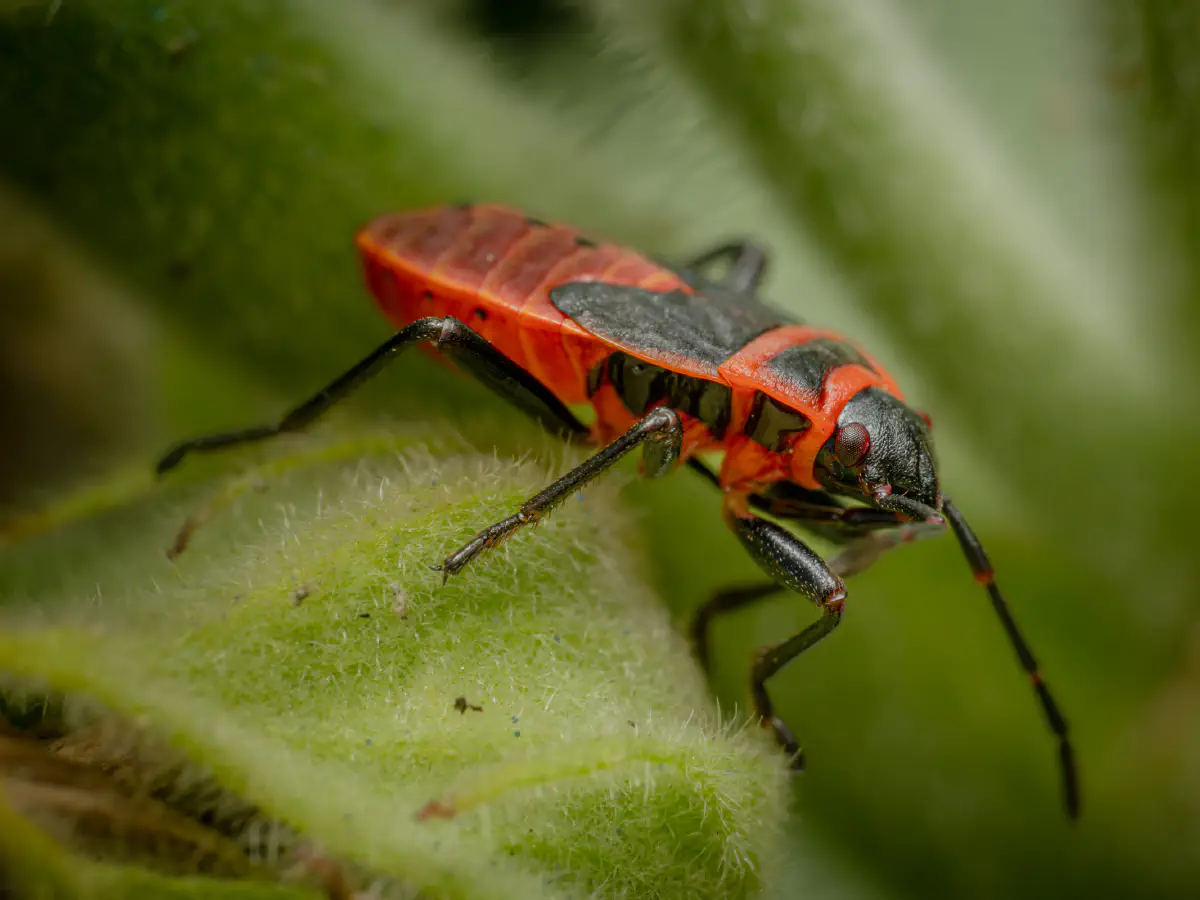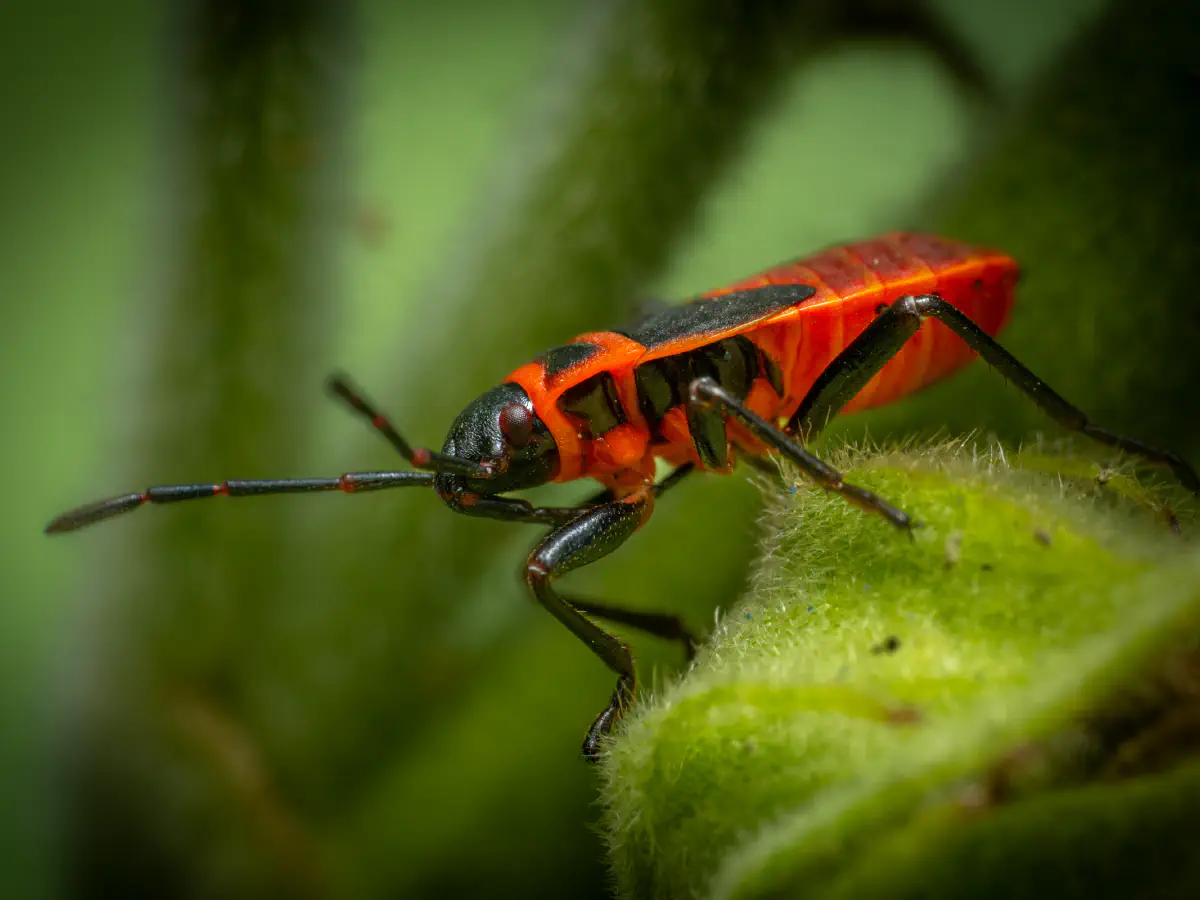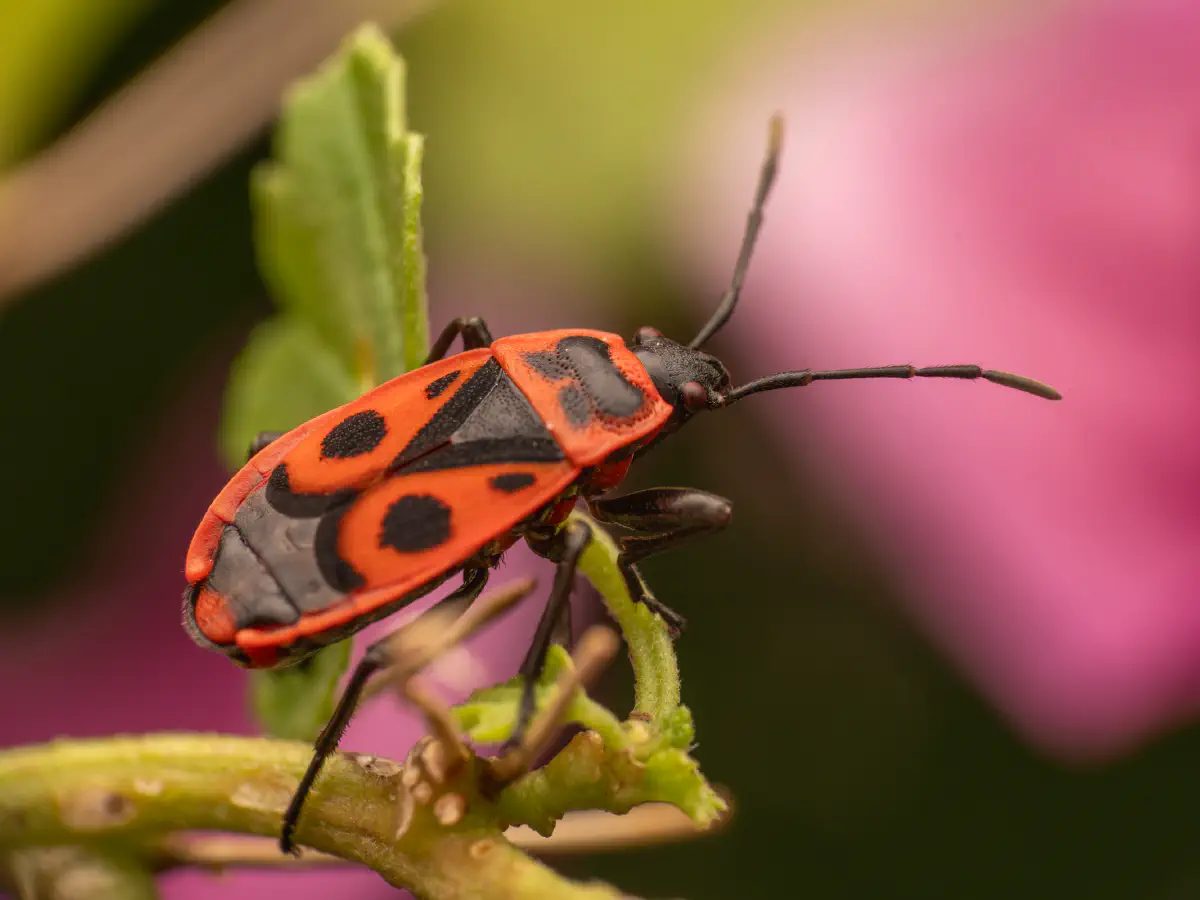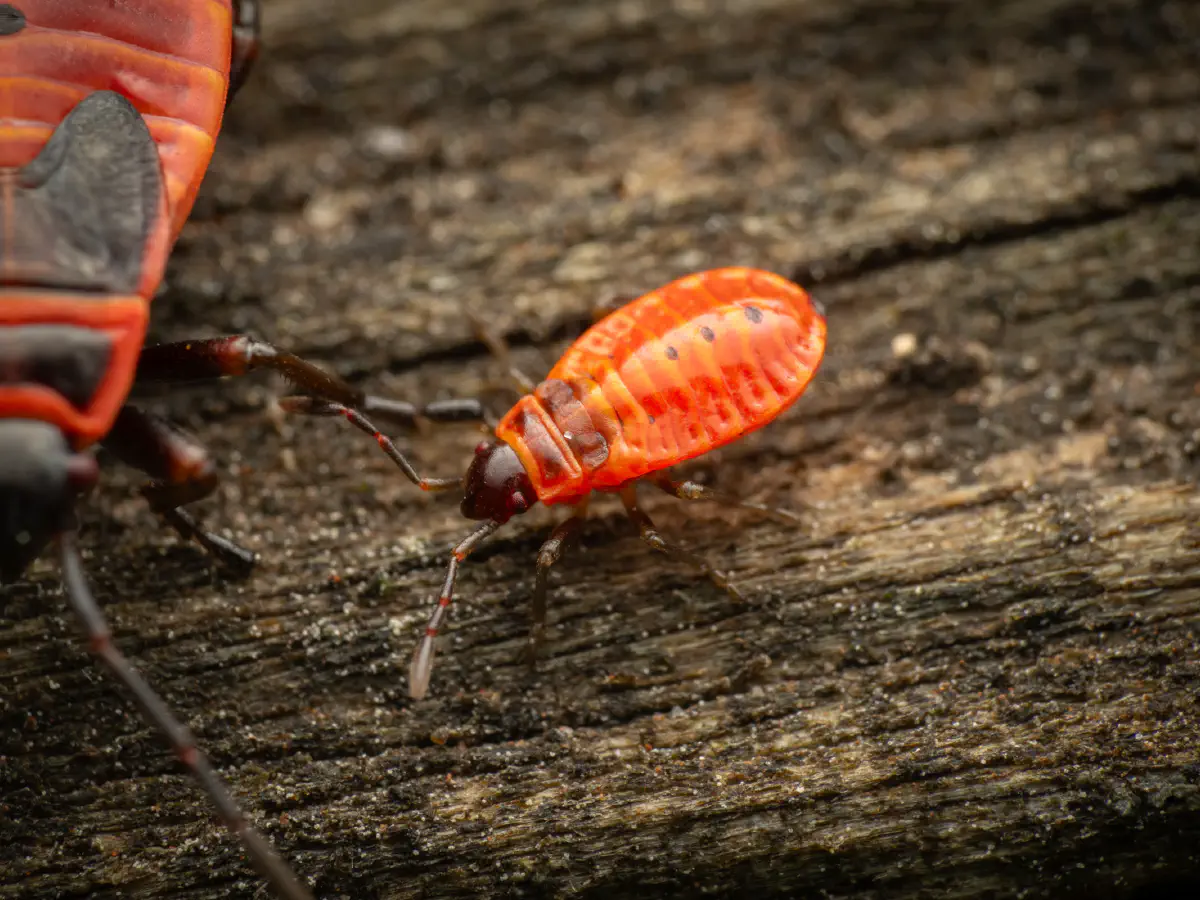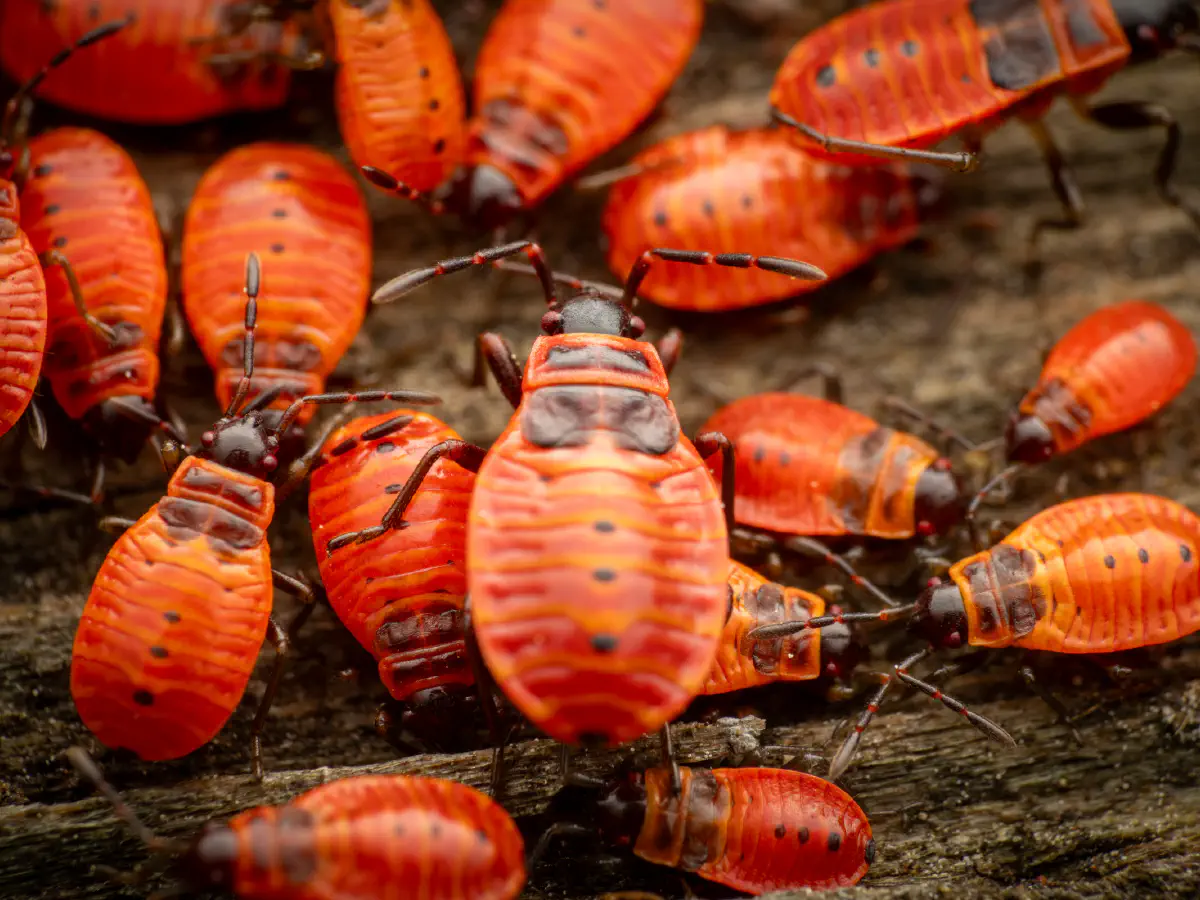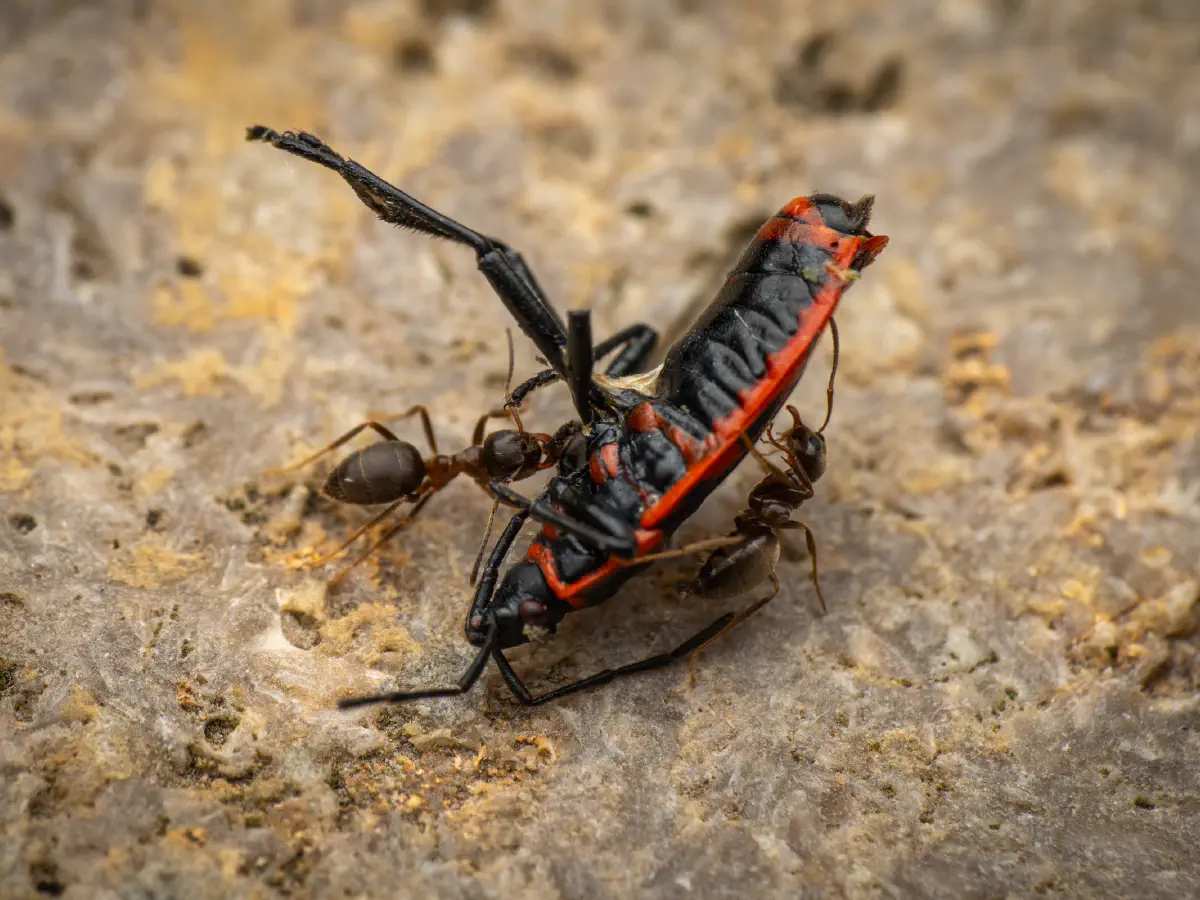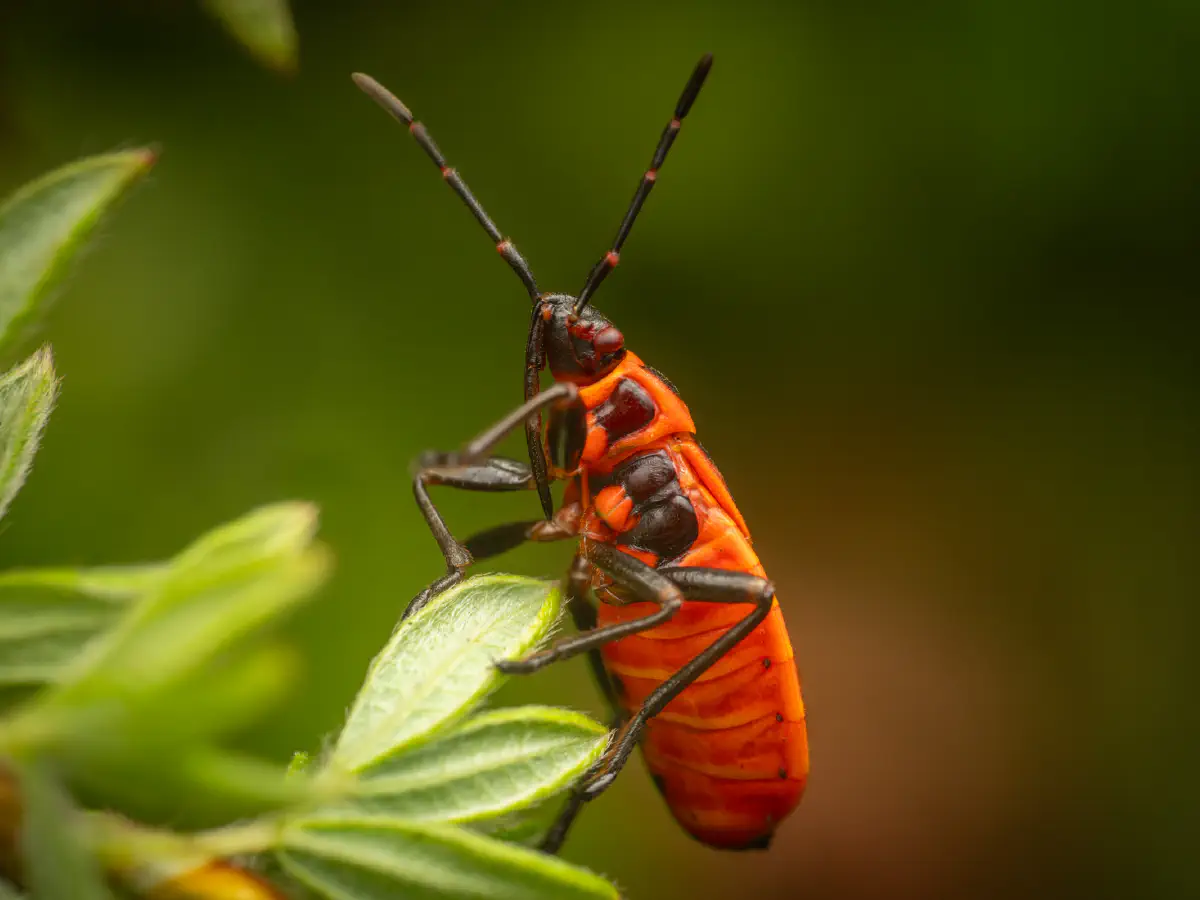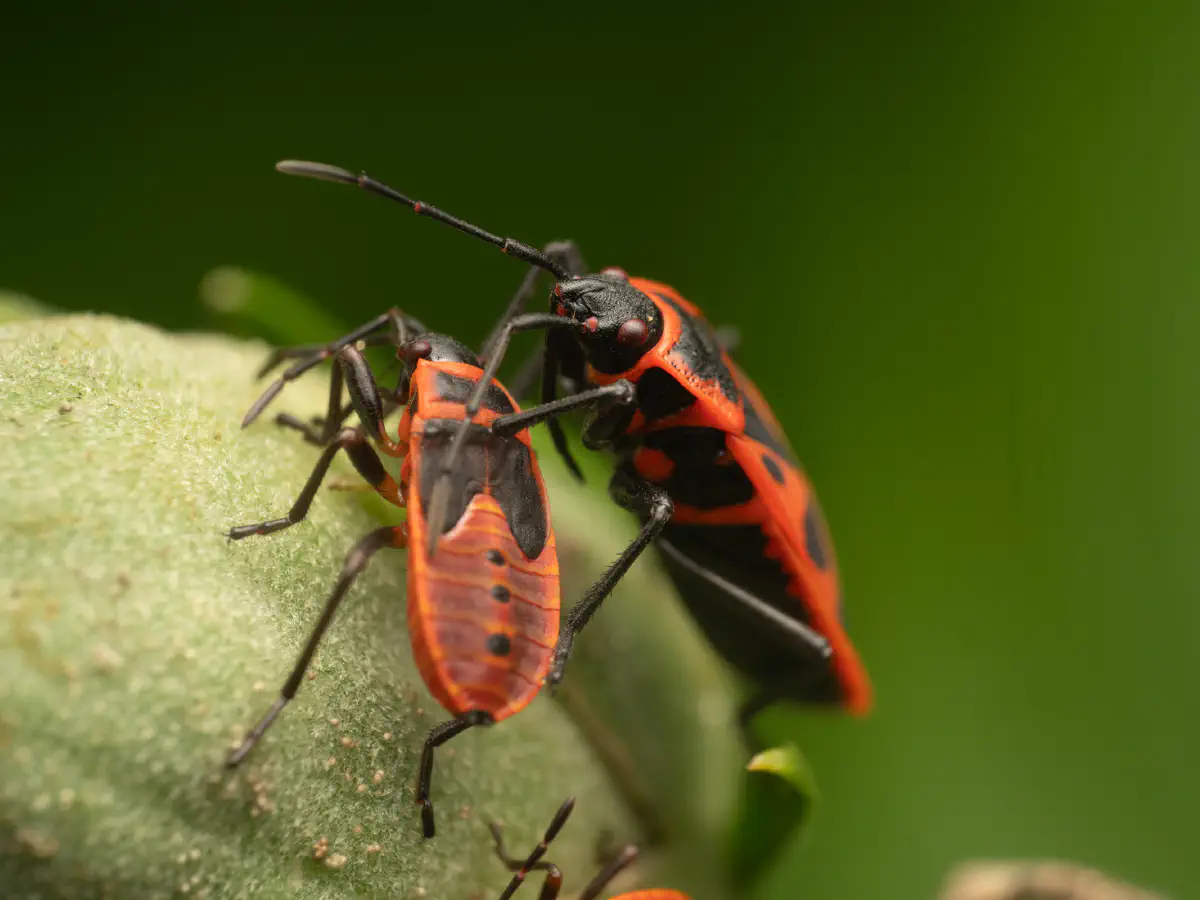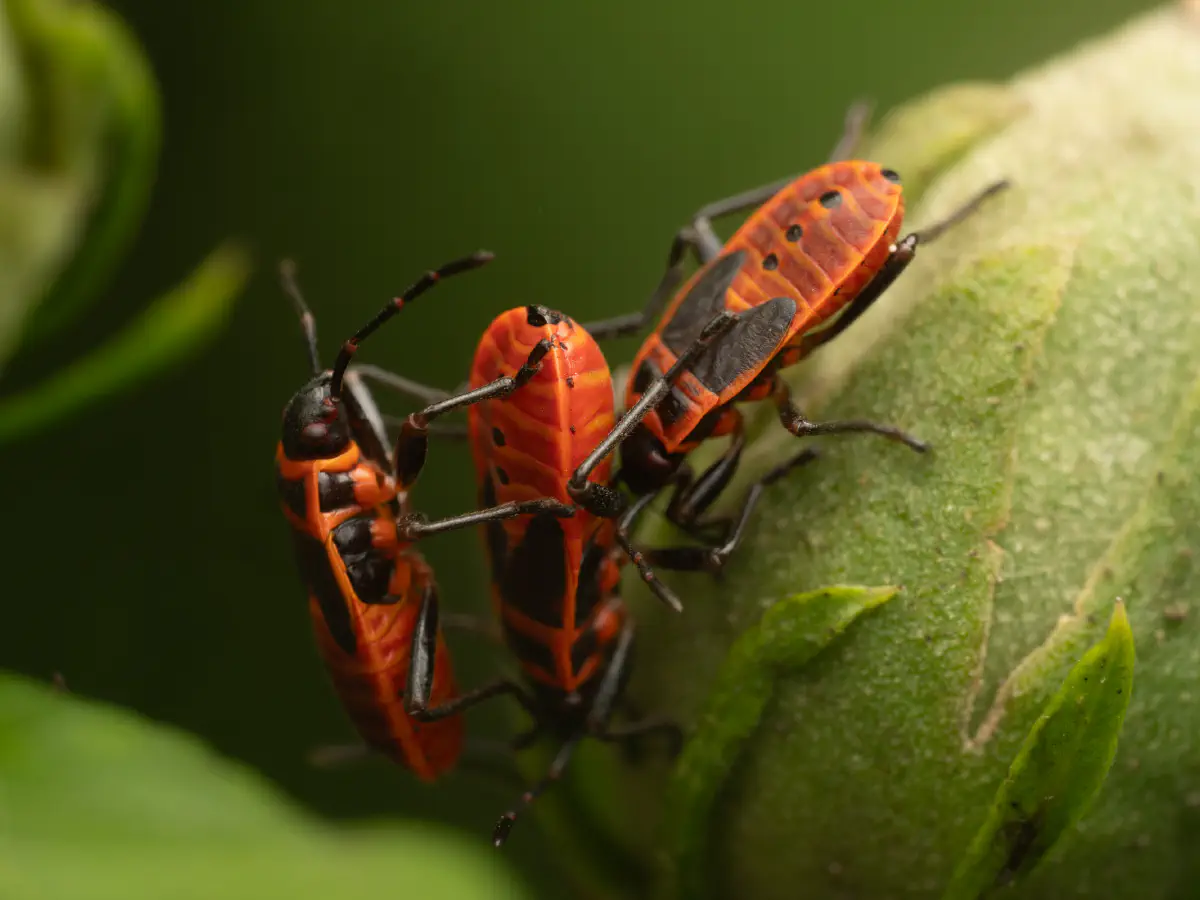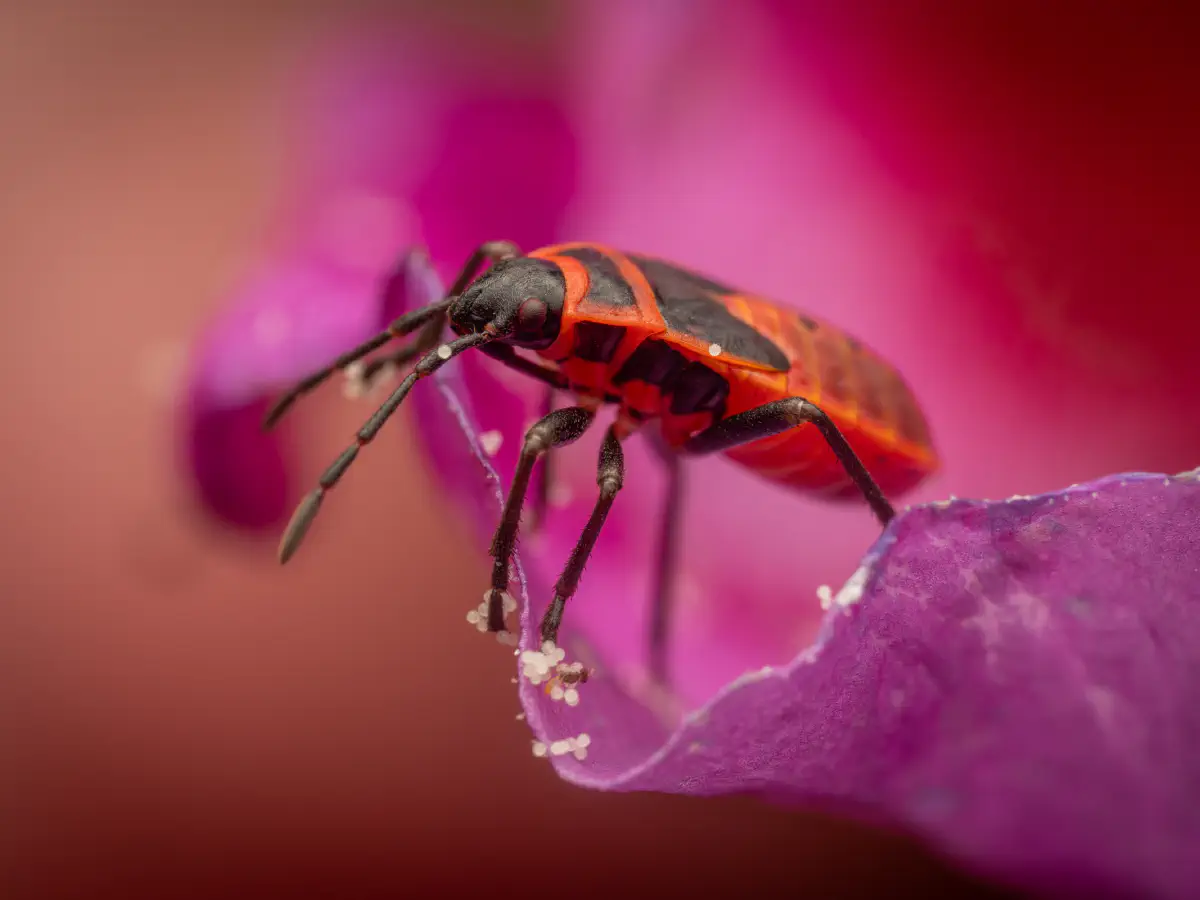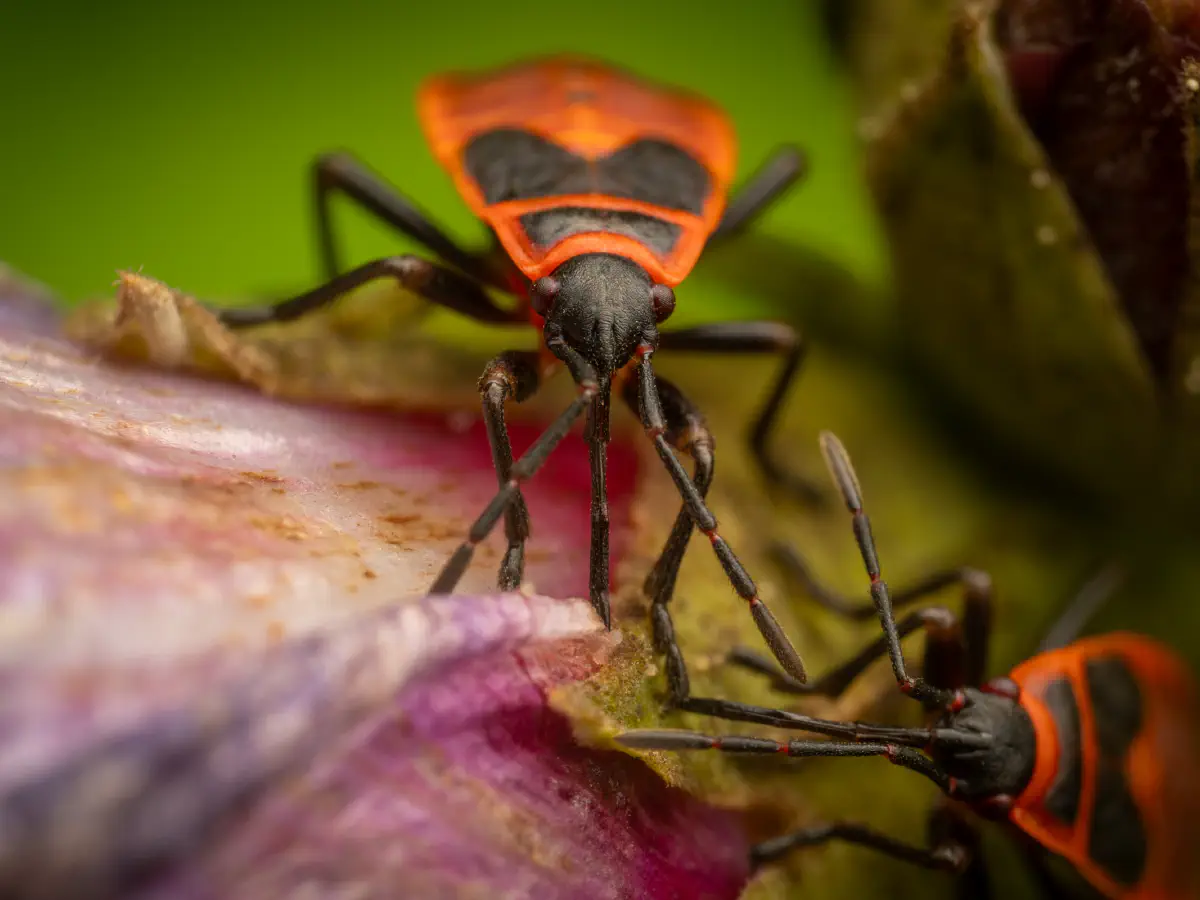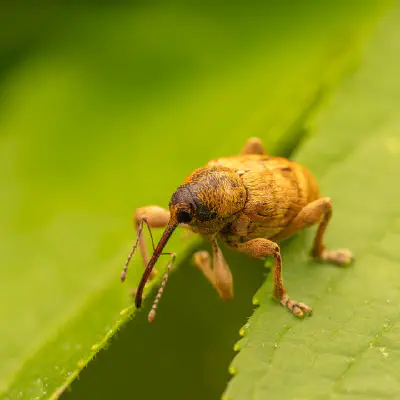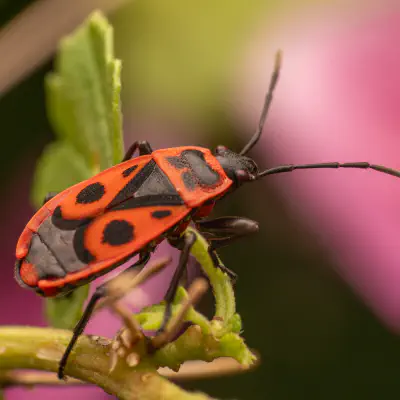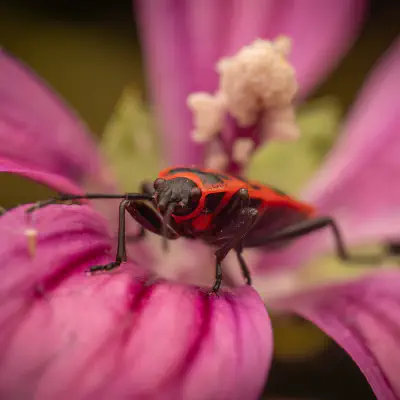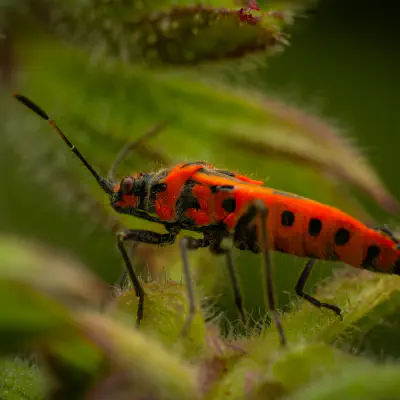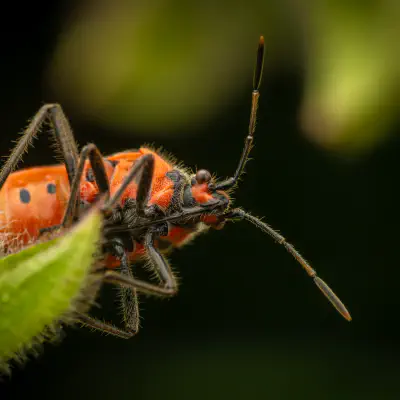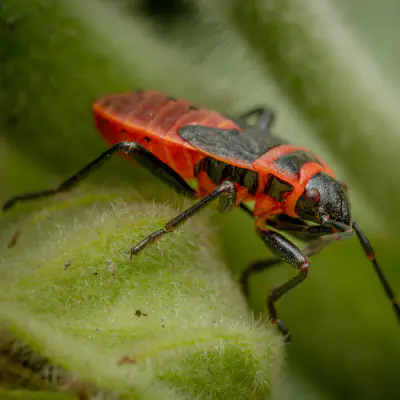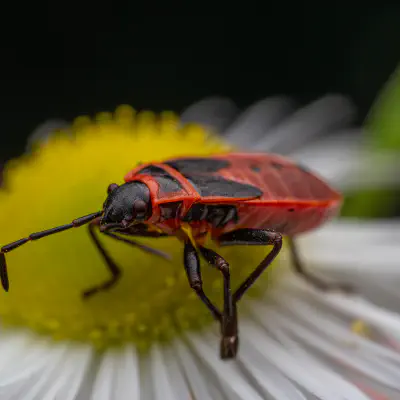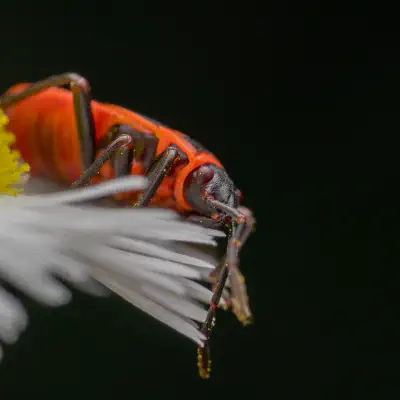P. apterus was the subject of an unexpected discovery in the 1960s when researchers who had for ten years been rearing the bugs in Prague, Czech Republic, attempted to do the same at Harvard University in the United States. After the fifth nymphal instar, instead of developing into adults, the bugs either entered a sixth instar stage, or became adults with nymphal characteristics. Some of the sixth instars went on to a seventh instar, but
all specimens died without reaching maturity. The source of the problem was eventually proven to be the paper towels used in the rearing process; the effect only happened if the paper towels were made in America. The researchers could replicate these results with American newspapers such as the New York Times, but not European newspapers such as The Times. The cause was found to be hormones found in the native balsam fir tree (Abies balsamea)
used to manufacture paper and related products in America, and in some other North American conifers. This hormone happened to have a profound effect on P. apterus, but not on other insect species, showing the diversification of hormone receptors in the insects. The most potent chemical component was later identified as juvabione, the methyl ester of todomatuic acid, which is produced by the trees in response to wounding; it mimics juvenile hormone closely at the
chemical level, defending against vulnerable pests.

